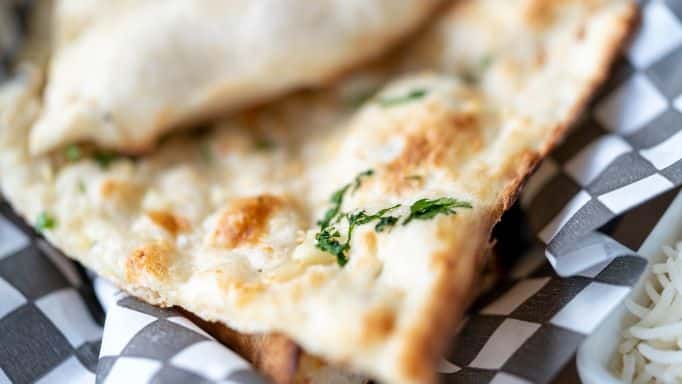Upgrade Your Desi Kitchen: The Ultimate 11-inch Stainless Steel Honeycomb Non-stick Tawa


Feature One
Lorem ipsum dolor sit amet, consec tetur adipiscing elit.

Feature Two
Lorem ipsum dolor sit amet, consec tetur adipiscing elit.

Feature Three
Lorem ipsum dolor sit amet, consec tetur adipiscing elit.